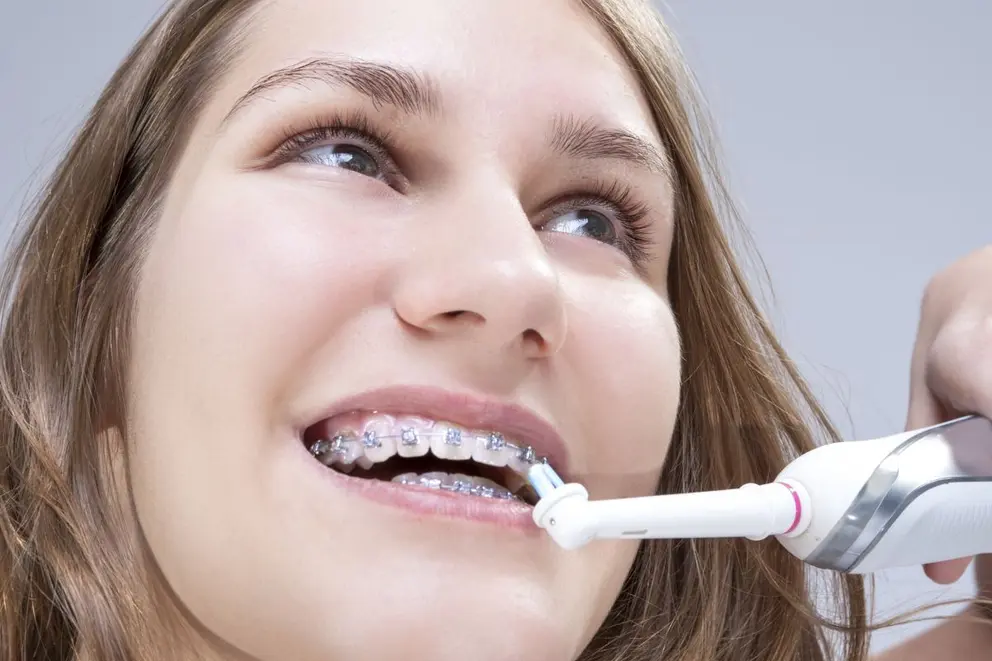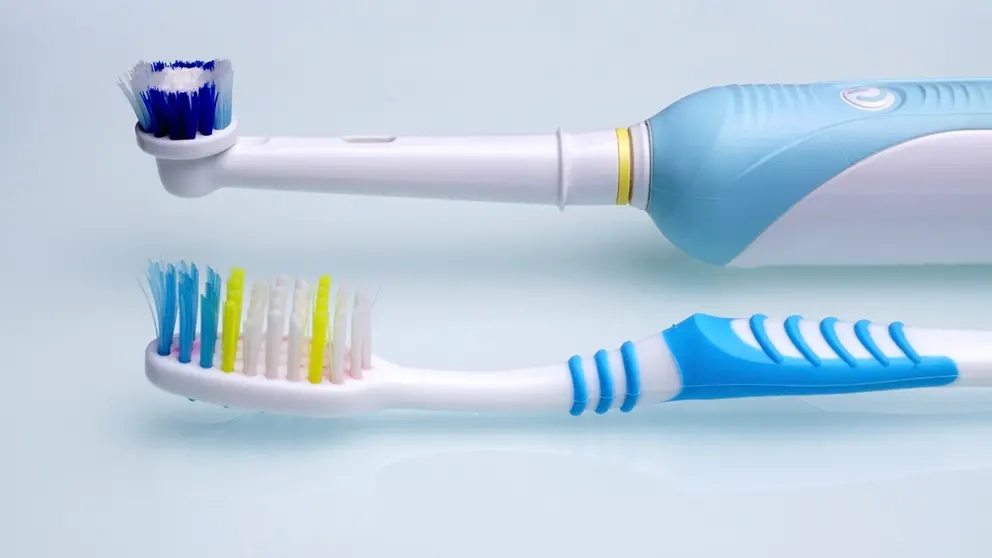Electric toothbrushes are safe to use with braces. In fact, when used correctly, they can be safer and more effective than a regular toothbrush. Dentists recommend
electric toothbrushes for braces effectiveness.
The brushing methods for both types of toothbrushes are quite similar. So, you don’t need to learn a new brushing technique when switching to an electric toothbrush.
Start by rinsing the brush head and applying toothpaste. Spend 30 seconds on each of the four sections of your teeth.
Position the brush at a 45-degree angle and move it slowly back and forth. Focus on the surface of the teeth, and the top and bottom parts of the braces. For a thorough
clean, also brush around the tongue. Finally, spit, rinse, and enjoy your clean smile!
The 45-degree angle is important. It increases the contact with the areas that need cleaning and reduces the pressure on the braces. Don’t forget to floss and rinse with
mouthwash for 30 seconds. For added cleanliness, use a Waterpik irrigator or an inter-dental brush.
You should not worry about damaging your braces with any speed or sensitivity setting. However, it’s wise to be cautious. Experiment to find the best speed and pressure
settings for you.
You can clean your teeth with fluoride toothpaste without compromising the stability of your appliance. Remember, cleanliness should not come at the cost of stability.
Book Your Orthodontic Care Consultation Now



